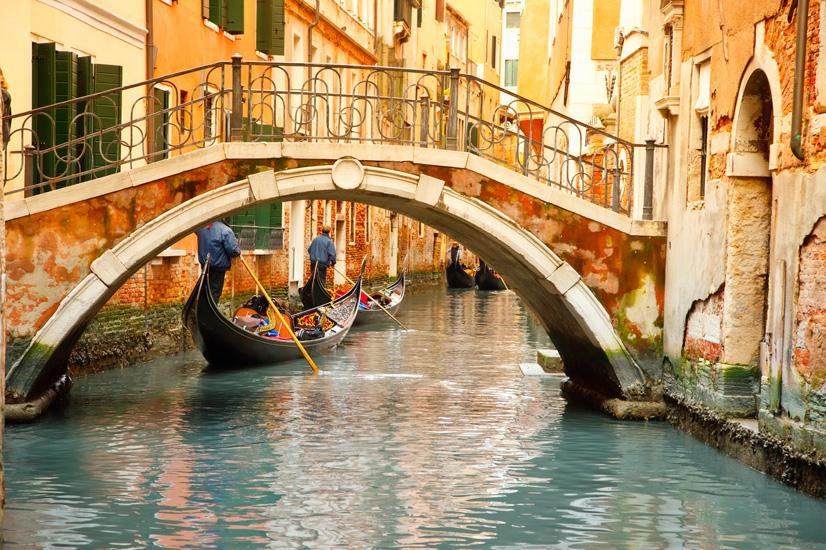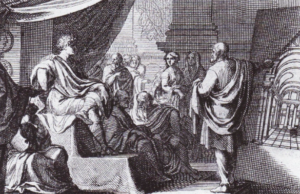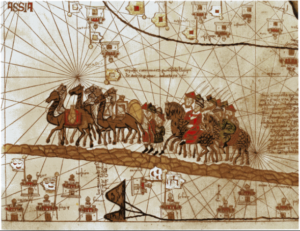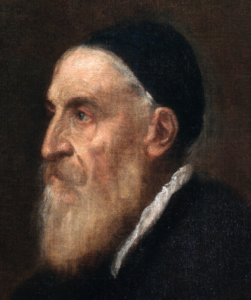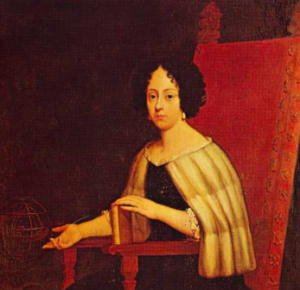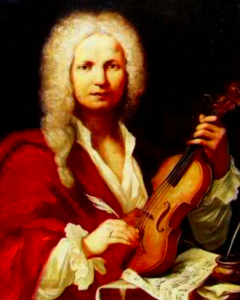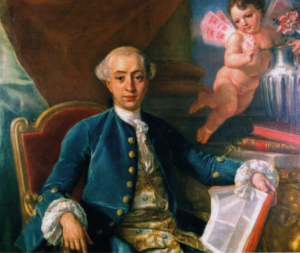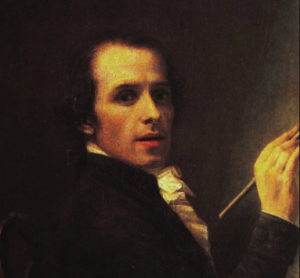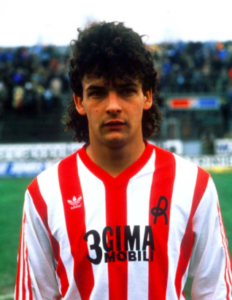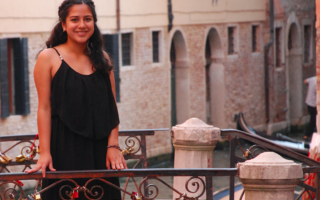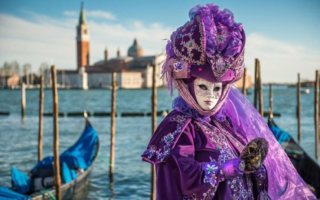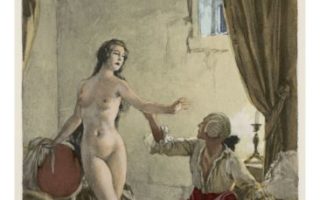10 Venetians Who Left Their Mark on the World
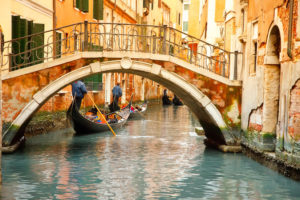 |
In English, a Venetian is a person either from Venice or from the Veneto region that surrounds it. The region comprises glorious cities such as Verona, Padua, and Vicenza, and has spawned a host of remarkable historical figures since Roman times. With that mind, we at Roman Candle Tours thought it would be fun to pay homage to some of the great Venetians who have left their mark on the world.
Here’s a list of ten people, in chronological order, and the things they are famous for.
Catullus (c. 84 – 54 BC) – The Love/Hate Relationship
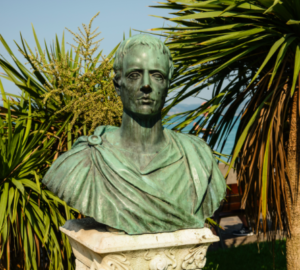 |
Considered THE great love poet of ancient Roman times, Catullus was born in Verona, then part of what was known as Cisalpine Gaul. Catullus was renowned for his biting social commentary and intimate verse, particularly that devoted to his lover, ‘Lesbia’. Generally identified as the scandalous aristocratic socialite Clodia Metelli, Lesbia was both Catullus’s inspiration and tormentor. In fact, it was the internal conflict Catullus felt regarding Lesbia that led him to articulate the very idea of the love/hate relationship:
“Odi et amo. quare id faciam, fortasse requiris?
nescio, sed fieri sentio et excrucior.”
//
(“I hate and I love. You’re probably asking why?
I really don’t know, but I feel it, and it’s killing me.”)
Vitruvius (c. 80/70 – c. 15 BC) – The Principles of Architecture
Possibly born in Verona, Vitruvius was the most famous of all ancient Roman architects and remains a major influence on architecture to this very day. His Ten Books on Architecture, dedicated to Caesar Augustus, were the go-to texts for the great architects of the Roman Empire when designing temples, bathhouses, theatres, and other important public structures. Using the human body as the prime model of correct proportion, Vitruvius would go on to inspire Leonardo da Vinci’s Vitruvian Man some 1,500 years later.
The broad principles of Vitruvian architecture can be summed up in three Latin words:
· Firmatis – Durability, structural soundness
· Utilitas – Functionality
· Venustatis – Beauty
Livy (59 BC – 17 AD) – The Early History of Rome
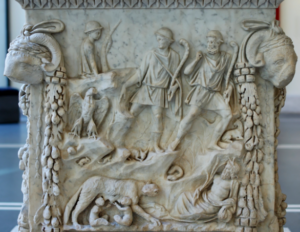 |
| Stories from Livy I.4, on an altar panel from Ostia |
Born in the city of Padua, Livy is the most important surviving source regarding the history of Ancient Rome and its people up to Augustan times. His monumental treatise Ab Urbe Condita (From the Foundation of the City) is crucial to our understanding of the early development of the city, though only about 25% of it survives today. As historians of Livy’s era were as much charged with embellishing the facts as reporting them, Livy spent a lot of time glorifying the heroic deeds of Romans, a valuable propaganda exercise for Rome’s first emperor, Caesar Augustus.
Marco Polo (1254 – 1324) – The Marvels of the World
Born in Venice into a mercantile family, Marco Polo is most famous for his travels to the Far East. Although not the first European to visit Asia, Marco Polo’s epic journey there lasted 24 years and resulted in the first great book by a European detailing China and surrounding areas (The Marvels of the World/The Travels of Marco Polo). Some scholars suggest that the book was written in conjunction with a writer of romances and is not entirely authentic; even so, it created a fascination with the East that is still evident in Venice today.
One thing for sure is that Marco Polo did not introduce spaghetti from China – various forms of pasta had already been in Italy for centuries before the great explorer!
Titian (c.1488 – 1576) – The Venetian School of Painting
From Pieve di Cadore in the Veneto, Titian came to epitomise the Venetian School of Painting in the 16th century. Revolutionary in his use of colour and tone – of paramount importance to Venetians – he left an indelible mark on the history of European art. Titian’s unique skill even gained him the grudging respect of his Florentine contemporary Michelangelo – never one to give compliments easily! – who remarked of the Venetian that he was “a brilliant painter, if only he could draw.” In essence, this showed the core conceptual contrast between the geometry and sturdy form of Florentine art and the free form and colour of Venetian art.
Key works by Titian include his Portrait of Pope Paul III in the Museo di Capodimonte in Naples and his Sacred and Profane Love in the Borghese Gallery in Rome.
Elena Cornaro Piscopia (1646 – 1684) – The Education of Women
Born in Venice to a noble family, Elena Cornaro Piscopia has the incredible distinction of being the first woman ever both to receive a university degree and to receive a PhD. At a time when formal education was blocked to women, Elena showed immense courage and determination to achieve her goals, no doubt helped by the fact that she had been identified as a child prodigy as early as the age of seven. Elena’s mastery covered numerous fields including languages, mathematics, music, philosophy, and theology.
Antonio Vivaldi (1678 – 1471) – The Four Seasons
Hailing from Venice, Vivaldi was the greatest composer of Italian Baroque music. Considered an outstanding technical violinist, Vivaldi was the genius behind the four violin concerti known as The Four Seasons, among the best known pieces of classical music ever written – if you’ve ever been stuck in the lobby or elevator of a 5-star hotel, you’ll have heard Vivaldi’s music! Vivaldi also wrote many choral works, more than 40 operas, and was hugely influential on contemporaries such as J.S. Bach.
Giacomo Casanova (1725 – 1798) – The Art of Seduction
Perhaps no man is more synonymous with the art of seduction than the Venice-born chronicler Casanova. The son of actors, he had a chameleon-like quality that enabled him to perform different roles as a novice priest, soldier, spy, gambler, duellist, adventurer, and serial seducer. Much of what we know about Casanova comes from his Histoire de Ma Vie (Story of My Life), the autobiography where he details many of his escapades, including his conquest of some 120 women and girls – no wonder the term ‘Casanova’ had already come to mean ‘womaniser’ by the 19th century.
Antonio Canova (1757 – 1822) – The Pinnacle of Neoclassical Sculpture
From Possagno in the Republic of Venice, Canova was the greatest sculptor of the neoclassical age. From an early age he showed prodigious skill in carving statues in the style of the Ancient Greeks and Romans, using the Carrara marble that had also been favoured by Renaissance greats such as Michelangelo. The most renowned artist in Europe of his age, he worked for popes, princes, and even Napoleon Bonaparte. Indeed, his highly sensual statue of Venus Victrix in Rome’s Borghese Gallery was actually modelled on Napoleon’s sister Pauline.
Roberto Baggio (1967 – ) – The Epitome of the Italian Fantasista
Lauded as one of the greatest footballers of all time, Roberto Baggio was born in Caldogno, near Vicenza. Nicknamed “Il Divin Codino” (“The Divine Ponytail”) due to his distinctive hairstyle, Baggio was one of the most creative and prolific players in Italian history, scoring over 200 goals in Serie A and winning Europe’s Ballon d’Or in 1993.
In the role of fantasista (playmaker), Baggio was famous for his incredible dribbling ability, vision, and dead-ball skills. He inspired such devotion among fans that when he left his then club Fiorentina to join their hated Turin rivals Juventus, fans in Florence actually rioted. He is best remembered outside Italy for his brilliant performances in three World Cups and his mesmerising goal against Czechoslovakia in 1990.
Is your favourite Venetian missing? Feel free to let us know in the comments section!
Written by: Shane Harnett
If you liked this article, read also “SEVEN QUESTIONS ABOUT FLORENCE YOU WERE TOO EMBARRASSED TO ASK“
